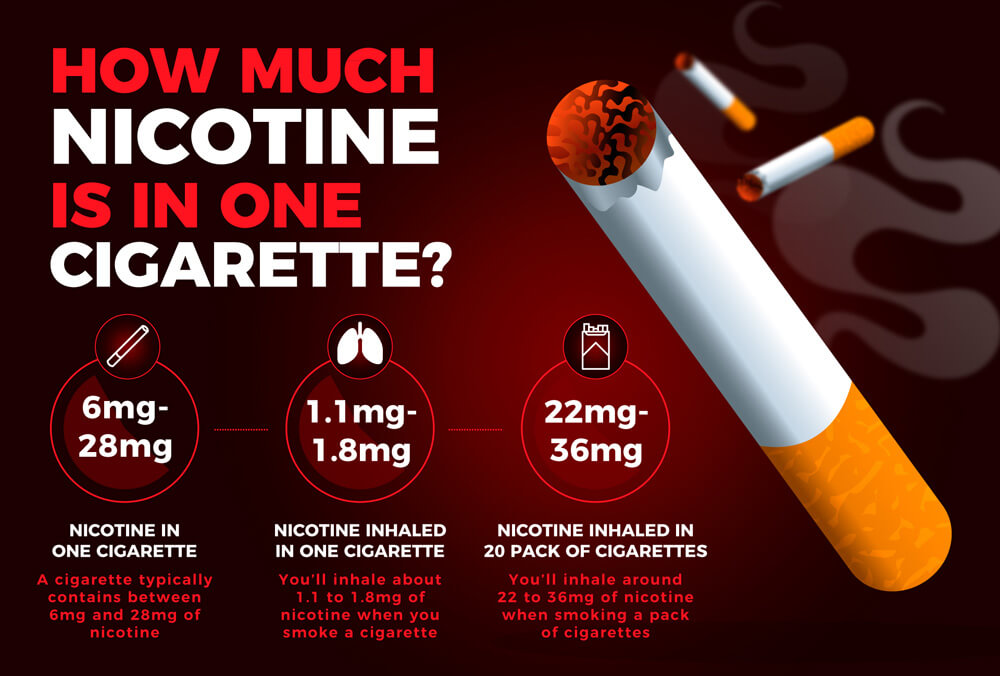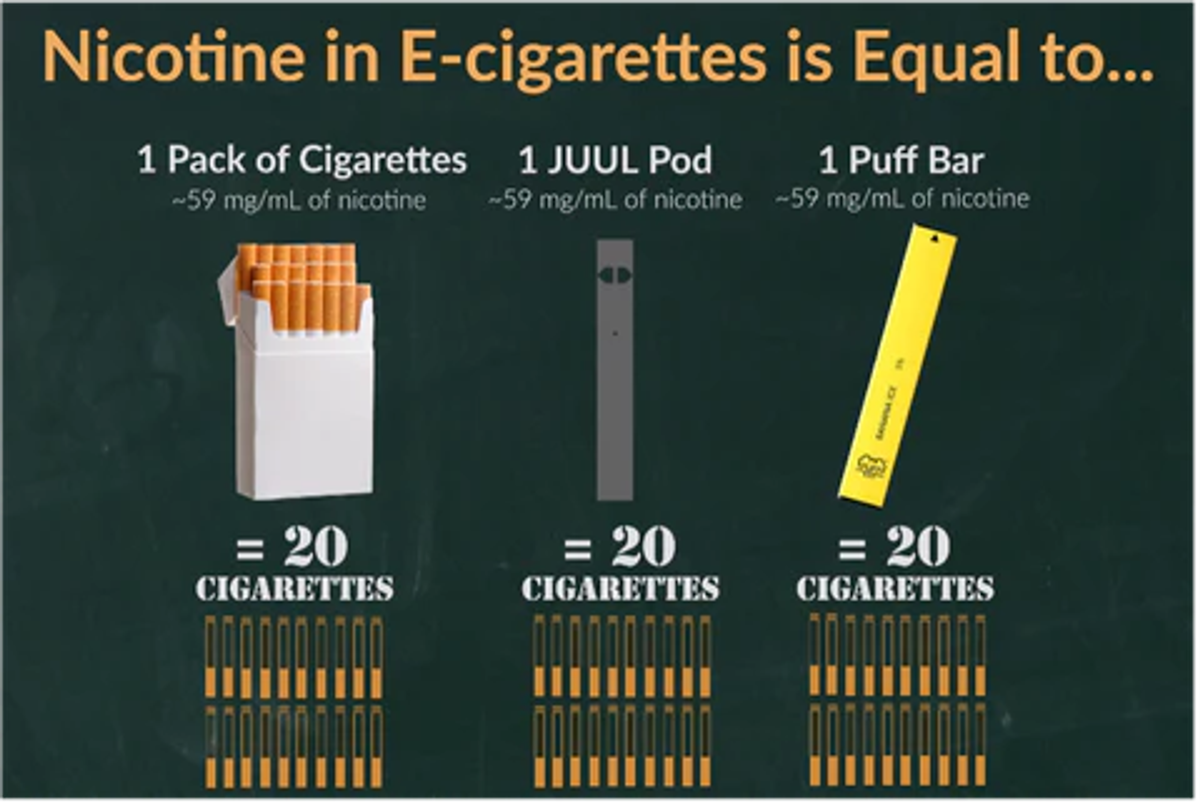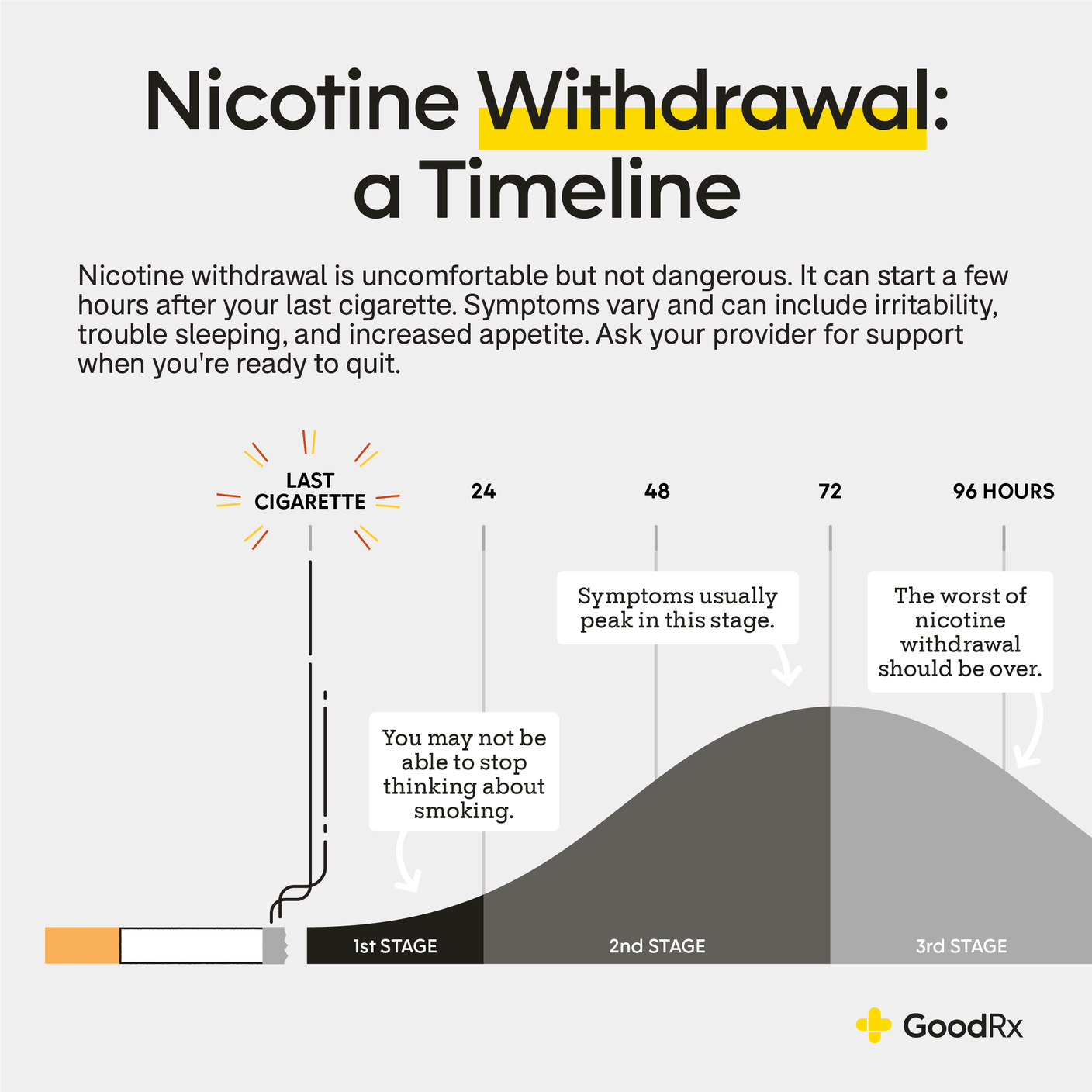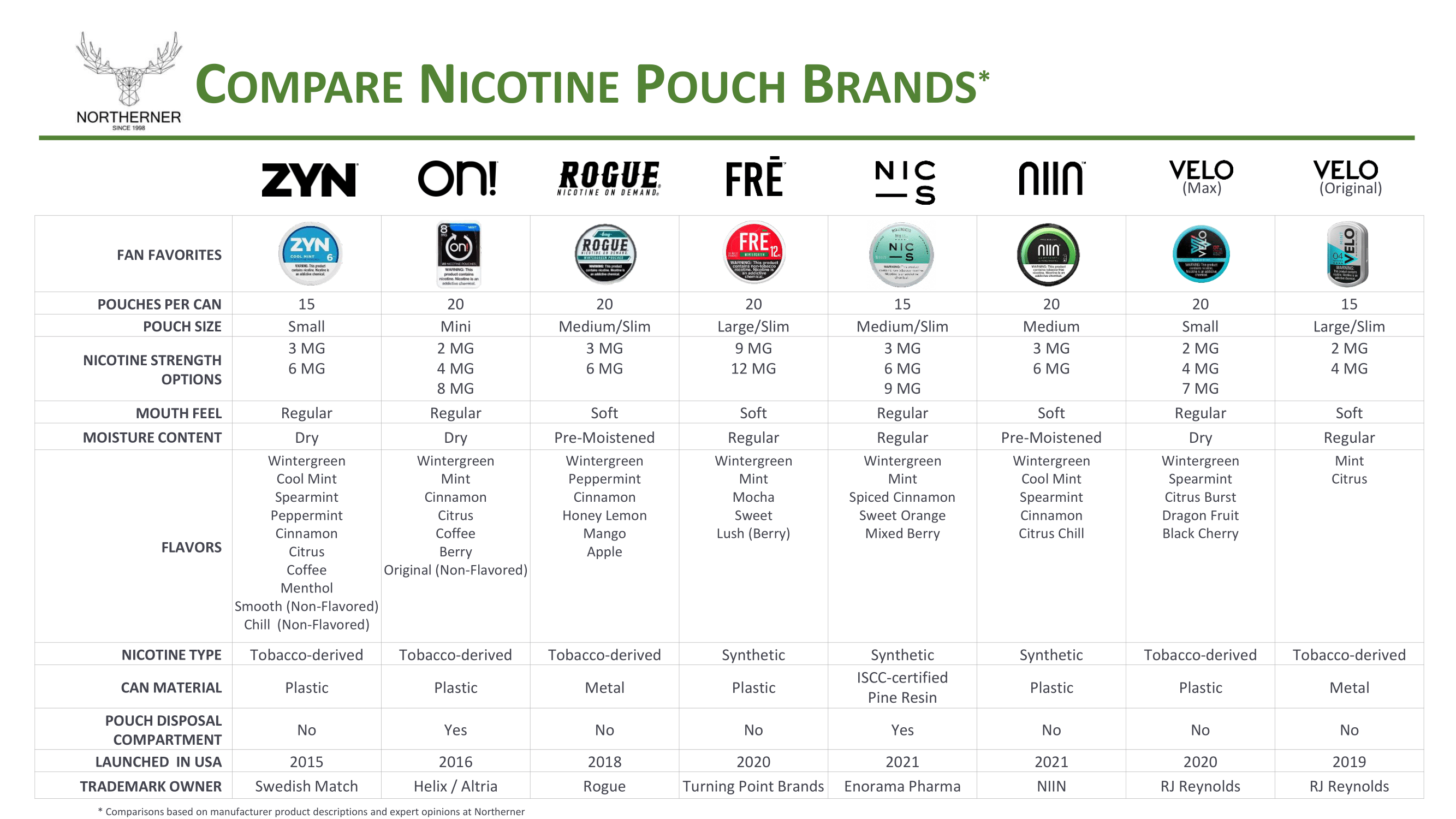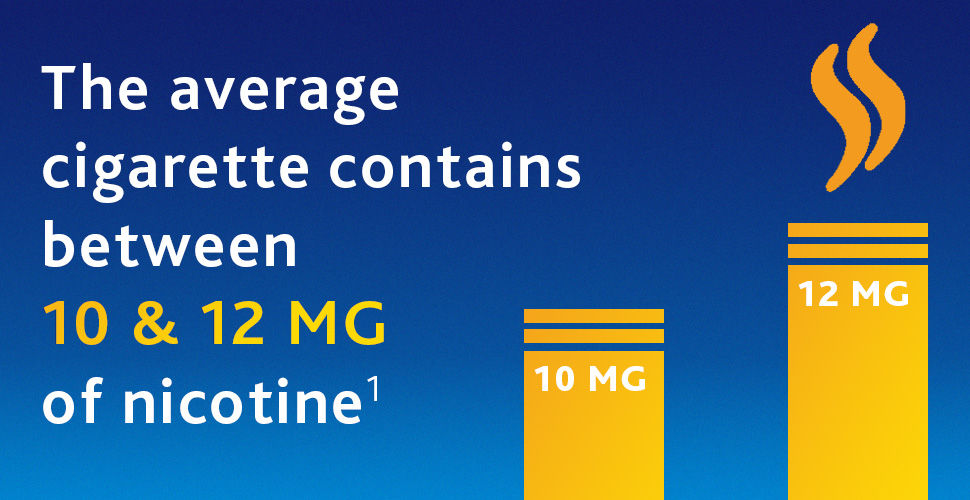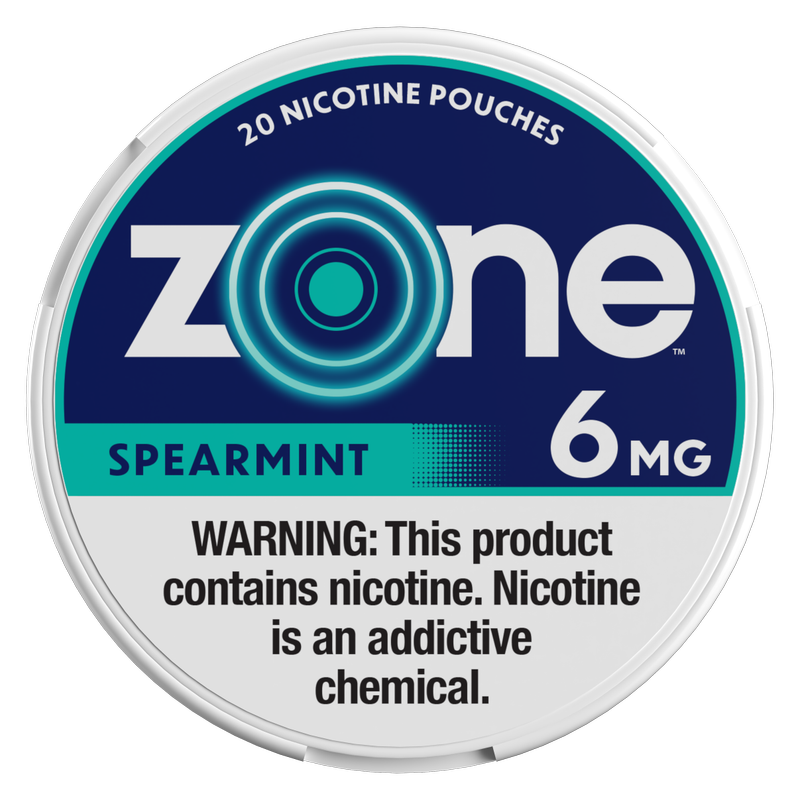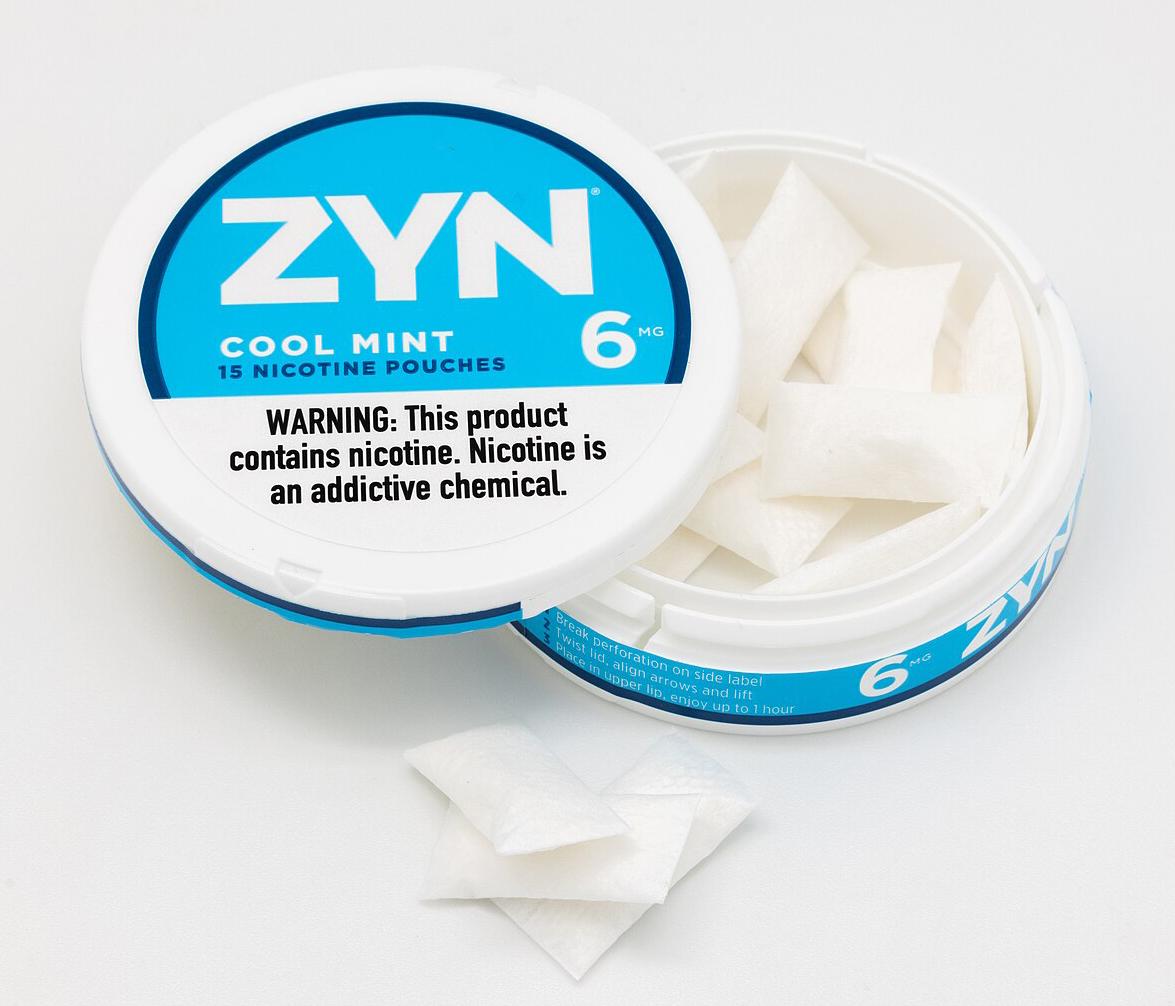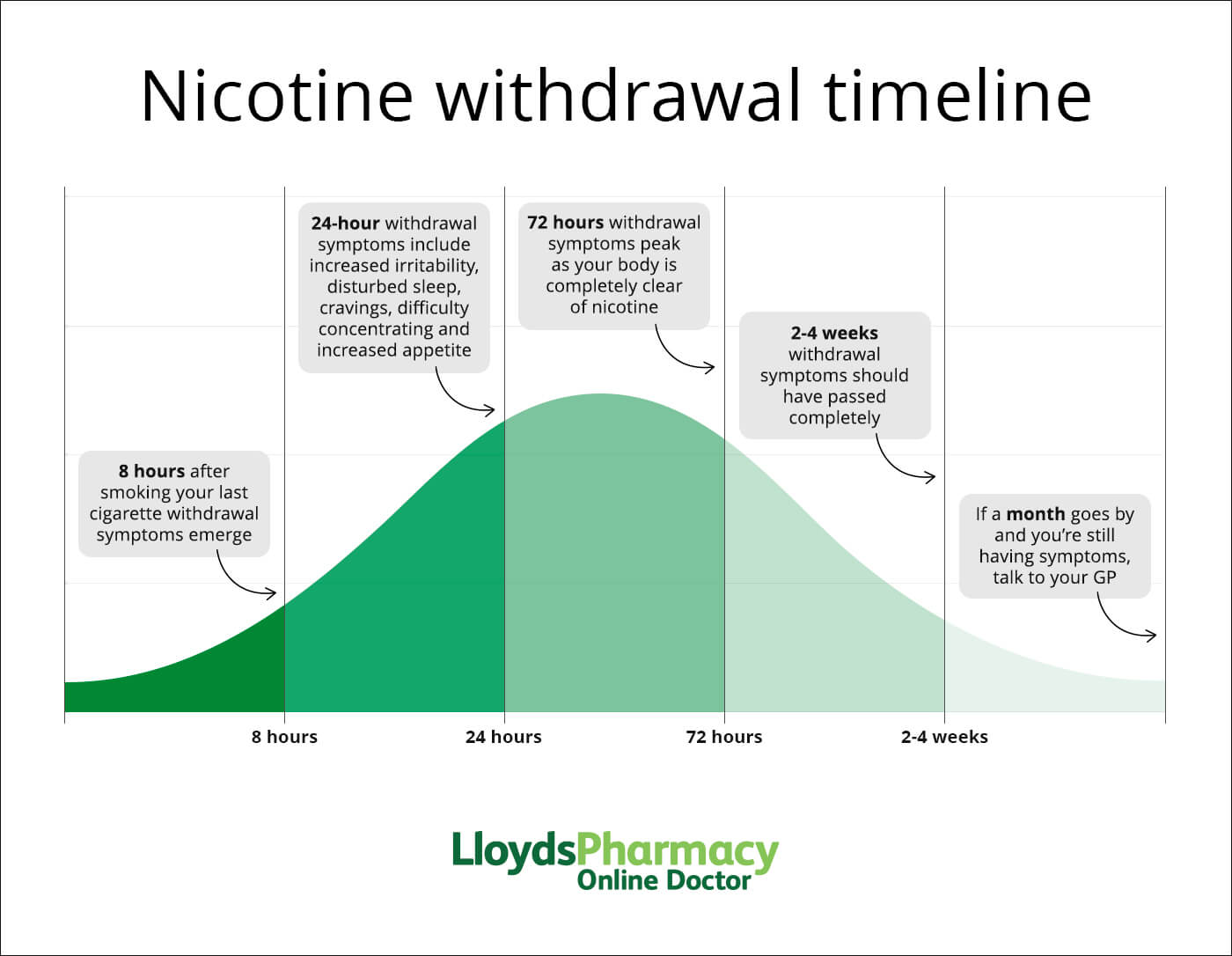Lowest Tar And Nicotine Cigarettes 2024 Usa

Imagine a crisp autumn morning, the scent of fallen leaves mingling with the faint aroma of coffee. In a quiet corner of a bustling city, a group of friends gathers, laughter echoing as they share stories and sips. One of them, a thoughtful-looking woman named Sarah, pulls out a pack of cigarettes, but it’s not the brand you might expect. It’s a pack promising a gentler experience, a potentially less harmful alternative in a world increasingly conscious of health.
This scene reflects a growing trend: the pursuit of "lowest tar and nicotine" cigarettes. While the dangers of smoking are undeniable, many individuals seek options that minimize potential harm. This article delves into the landscape of these products in the USA for 2024, exploring the science, the marketing, and the implications for public health.
The Quest for Reduced Harm: A Historical Perspective
The journey towards lower tar and nicotine cigarettes is rooted in decades of research and evolving public awareness. In the mid-20th century, as the link between smoking and various health problems became increasingly clear, tobacco companies began exploring ways to make their products seem less dangerous. Filters were introduced, and manufacturing processes were altered to reduce the levels of tar and nicotine delivered to smokers.
The 1960s and 70s saw a surge in popularity of these "light" and "low-tar" cigarettes. Marketing campaigns emphasized their seemingly milder nature. However, the reality was often more complicated.
Studies eventually revealed that smokers often compensated for the lower levels by smoking more cigarettes, inhaling more deeply, or blocking ventilation holes on the filter. This behavior effectively negated the intended reduction in exposure to harmful substances. These findings led to increased scrutiny of the claims made about these products and, eventually, restrictions on the use of terms like "light" and "low-tar" in marketing.
Understanding Tar and Nicotine: A Closer Look
Tar and nicotine are two key components of cigarette smoke that have significant health implications. Tar is a sticky, brown residue that contains numerous carcinogenic chemicals. It's responsible for many of the long-term health risks associated with smoking, including lung cancer, emphysema, and heart disease.
Nicotine, on the other hand, is the addictive substance that makes it difficult for smokers to quit. It stimulates the brain's reward pathways, creating a sense of pleasure and reinforcing the smoking habit.
While reducing exposure to both substances is generally considered beneficial, it's crucial to understand that even the lowest levels of tar and nicotine are not risk-free. Any exposure to cigarette smoke carries a potential health risk.
The 2024 Landscape: What's Available and What to Consider
In 2024, the market for cigarettes labeled as "lowest tar and nicotine" is more nuanced than ever. While the terms "light" and "low-tar" are largely restricted, manufacturers still employ various strategies to appeal to health-conscious smokers. This includes using terms like "smooth," "mild," or focusing on specific filtration technologies.
Determining the actual tar and nicotine content of cigarettes is challenging. The Federal Trade Commission (FTC) previously used a standardized machine-smoking method to measure these levels, but it was widely criticized for not accurately reflecting how people actually smoke.
Currently, there isn't a standardized, universally accepted method for measuring and reporting tar and nicotine levels in a way that accurately reflects real-world smoking behavior. As a result, consumers often rely on information provided by the manufacturers themselves, which may not always be transparent or complete.
Key Considerations for Consumers:
Be skeptical of marketing claims: Remember that no cigarette is truly safe. Claims of reduced harm should be viewed with caution.
Focus on quitting: The most effective way to reduce the health risks associated with smoking is to quit altogether. Numerous resources are available to help smokers quit, including nicotine replacement therapy, counseling, and support groups.
Consider alternative nicotine products: While not risk-free, products like e-cigarettes and nicotine pouches may be less harmful than traditional cigarettes for some individuals. However, these products also have potential risks, and their long-term effects are still being studied.
Expert Opinions and Scientific Research
The scientific community remains divided on the potential benefits of "lowest tar and nicotine" cigarettes. Some researchers believe that they may offer a marginal reduction in harm for smokers who are unwilling or unable to quit. However, others argue that they simply perpetuate the addiction cycle and may even encourage new smokers to start.
According to Dr. Emily Carter, a leading researcher in tobacco control, "While lower nicotine cigarettes might reduce dependence, they don't eliminate the numerous other harmful chemicals present in cigarette smoke. The focus should always be on complete cessation."
The National Cancer Institute and the American Lung Association, for example, emphasize that there is no safe level of smoking. Their recommendations consistently focus on prevention and cessation.
"The best way to protect your health is to never start smoking or to quit if you do smoke," states a recent report from the American Lung Association.
The Regulatory Landscape: Challenges and Opportunities
The regulation of tobacco products in the USA is complex and constantly evolving. The Food and Drug Administration (FDA) has the authority to regulate the manufacturing, marketing, and sale of tobacco products, including cigarettes.
The FDA has taken steps to reduce nicotine levels in cigarettes to non-addictive levels. Such a move could have a significant impact on public health. However, it has faced opposition from the tobacco industry and faces significant legal and logistical challenges.
Further research and stricter regulations are needed to ensure that consumers are fully informed about the risks of all tobacco products. This includes cigarettes marketed as "lowest tar and nicotine."
The Future of Smoking: A Path Towards a Smoke-Free World?
The long-term goal of public health organizations is to create a smoke-free world. This vision requires a multi-pronged approach that includes prevention, cessation, and harm reduction strategies.
While "lowest tar and nicotine" cigarettes may play a limited role in this process for some individuals, they are not a solution in themselves. The focus must remain on educating the public about the dangers of smoking and providing support for those who want to quit.
As Sarah takes one last puff before stubbing out her cigarette, she knows that this gentler choice is still a choice with consequences. It's a step, perhaps, on a longer journey towards a healthier life, or maybe just a reminder of the battles fought to break free from addiction. The smoke dissipates into the crisp autumn air, a subtle symbol of the ongoing complexities and challenges in the world of smoking and health.
